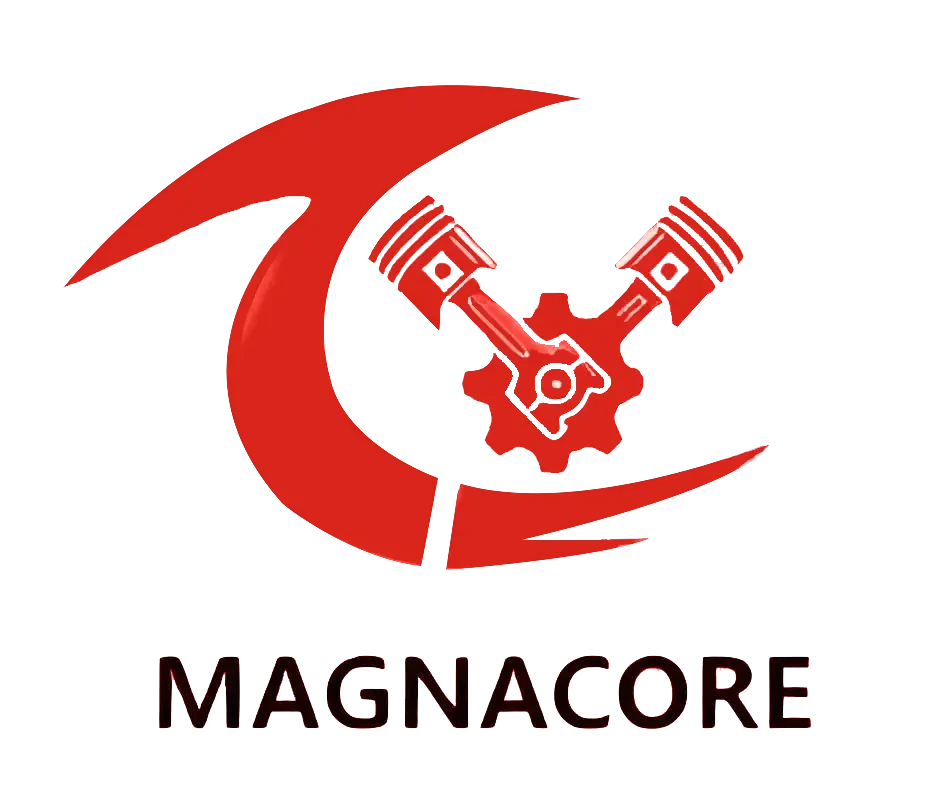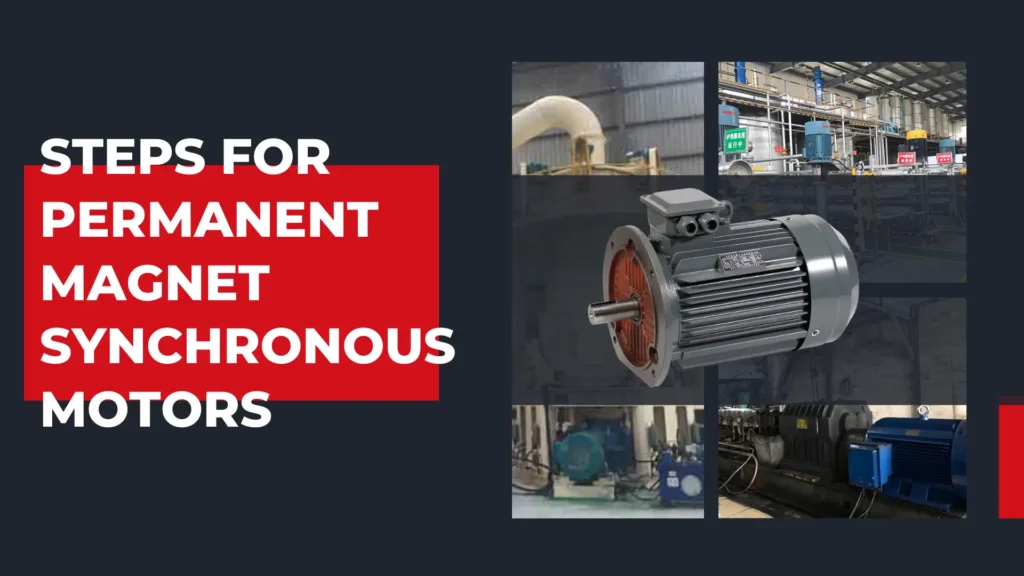The Permanent Magnet Synchronous Motor or PMSM is highly efficient, with a compact design that ensures very good performance in many industrial applications.
As with all other motors, their longevity and performance depend highly on regular maintenance.
In this article, we are going to look at some necessary steps in maintenance that will keep your motor running and ensure you get value for your money.
Regular Inspection
Importance of Routine Checks
Regular checks help us to identify potential problems before they turn into big issues.
A proactive maintenance solution, that sudden breakdowns could be brought down considerably.
This saves a lot of time while cutting costs on expensive repairs, thereby helping you work smoothly without frustratingly costly interruptions.
Visual Inspection
Visually inspect your motor for wear and corrosion of components. Also, look for damage to the mounting brackets and the casings.
Most of the wiring is also visible; any damage in the form of cuts or damage can be detected at this point and will help avoid further damage leading to major repairs.
Connections
Next, ensure all electrical connections are tightened.
Poor electrical connections due to loose or corroded conditions may cause electrical failures that could result in poor performance of the motor or even a complete failure of the motor.
The regular tightening and checking will help in the integrity of your motor.
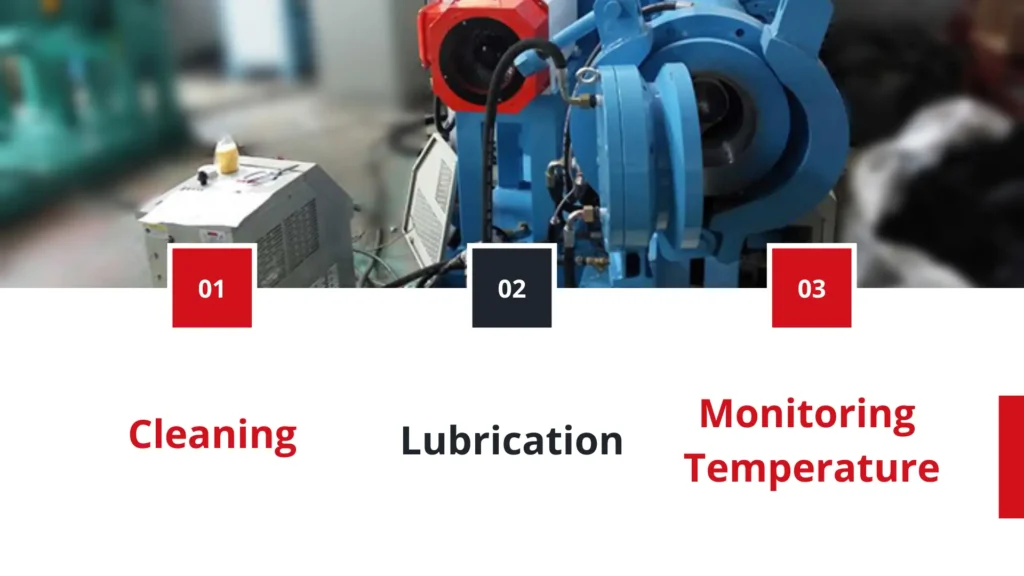
Vibration Levels
Vibration levels that your motor is subjected to should be monitored to maintain the health of the motor.
Every excessive level of vibration may indicate misalignment, an imbalance, or the start of wear on internal components.
Using the tools of vibration analysis can help in the early detection of the issues for timely adjustments before they become significant problems.
Cleaning
A clean motor is an efficient one.
After some time elapses, dust and dirt build up and dismal in performance, causing overheating.
Cleaning regularly will get your motor running at peak efficiency.
External Cleaning
take a soft brush or cloth and remove the dust from outside the motor very gently.
Not only will this raise its appearance, but it will also prevent dirt from seeping into sensitive areas that could hamper performance.
Internal Cleaning
If it is safe for you to do so, check and clean periodically the inside parts of the motor.
The interior can build up dust and debris that can cause over-heating and damage.
Always follow all safety rules when internally cleaning and refer to any internal cleaning instructions given by the manufacturer.
Lubrication
Locate Points to be Lubricated
Follow the recommendations of the manufacturer in finding all the points to be lubricated.
Different models of motors may have areas that need special attention, and knowing them will adequately provide maintenance.
Use Correct Lubricants
Always use lubricants recommended for your motor.
Wrong types of lubricants result in improper lubrication, overheating, and quickly wear-down parts.
Refer to the manufacturer’s specifications for selecting the right product.
Monitoring Temperature
Importance of Temperature Control
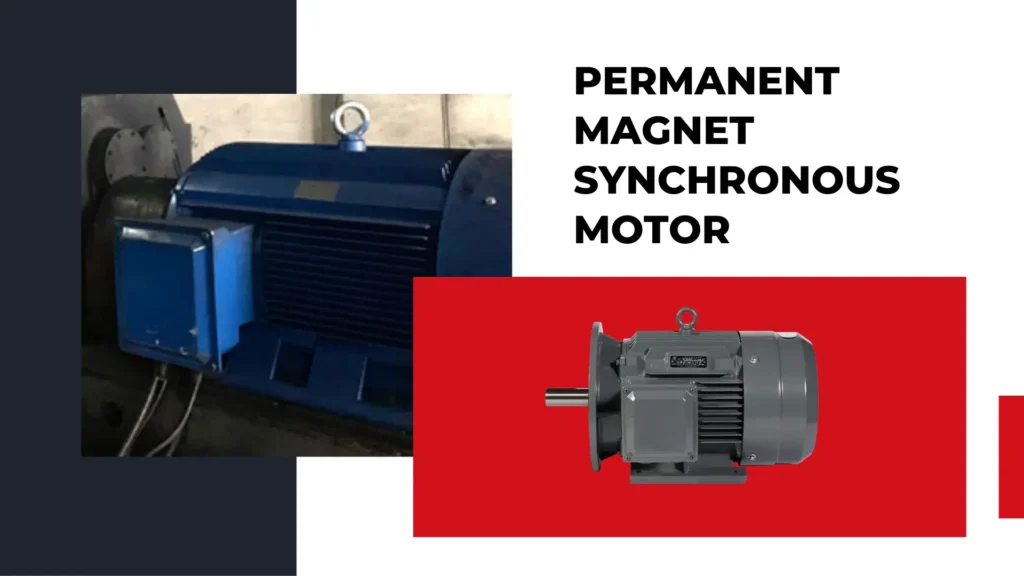
Overheating may cause serious failure in a motor.
Temperature monitoring ensures efficiency and the operation of the motor is within safety limits.
Thermal Sensors
Consider investing in thermal sensors that can constantly monitor the temperature of the motor.
Such sensors have an added advantage of being able to deliver real-time information and thus remedial action can be taken immediately before temperatures rise above acceptable levels.
Regular Inspections
Aside from automatic systems, temperatures should be checked during regular inspections.
This way, a combination of electronic inspection and manual checks provides an early warning in case there’s something the automated systems might have overlooked.
Electrical Maintenance
Maintenance for Electrical Integrity
This leads to tremendous amounts of lost time due to operations downtime.
Regular testing will ensure your motor operates well and safely.
Insulation Resistance Testing
You can perform insulation resistance testing to assure the safety of your motor for use.
Through the test, you will be able to identify any probable short circuits and insulation failures, allowing the fixing of issues before they scale into more serious issues.
Voltage Checks
Regularly check the voltage supply to the motor and ensure it is within the range recommended.
Voltage fluctuations may cause inefficiency or even damage; hence, this aspect is very important for long-term reliability.
Load Management
Understanding Load Capacity
A high level of understanding in operating the motor within its prescribed load capacity ensures a longer life of your motor.
Overloading could cause overheating and bring about early failure.
Monitoring on a Regular Basis
Continuously monitor the load to avoid overload situations on the motor.
Make use of load monitoring systems as they give direct feedback, thus allowing you to make the needed adjustments.
Tune-ups
If necessary, change operating parameters to stop excessive stress on the motor; this may also involve re-calibration of settings or re-distributing the load over multiple motors in order to distribute the load across those motors evenly.
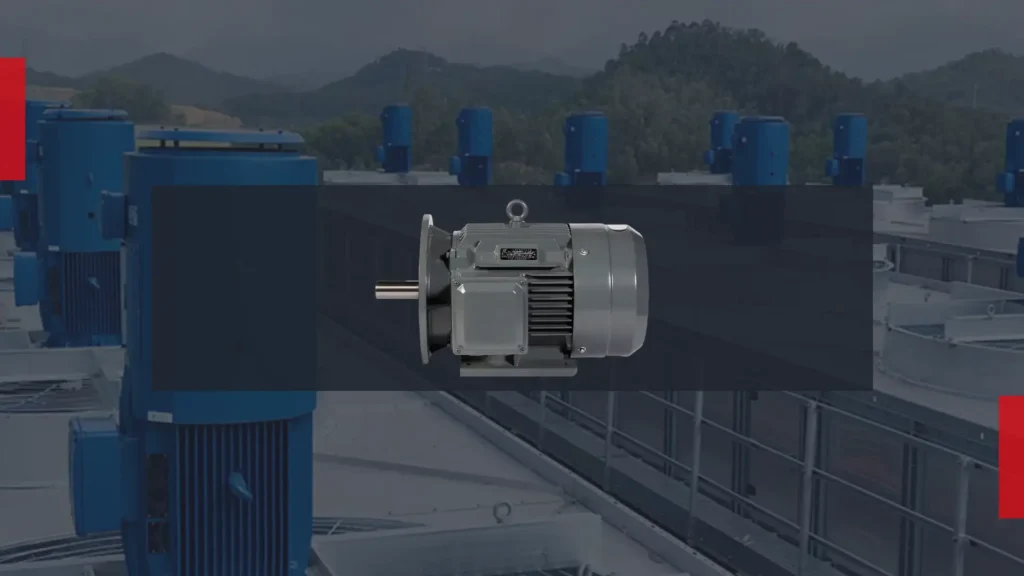
Professional Servicing
While regular maintenance can be accommodated within the household, some tasks do require expertise for both safety and performance purposes.
Extensive Repairs
These are issues that need extensive dissembling or require specialized tools. Professional technicians should handle these types of problems.
The use of complex repairs without proper capabilities and equipment can lead to further damage and increase the cost.
Constant Problems
If troubles persist despite the regular effort at maintaining, it is time to seek professional help.
The seasoned technicians then have the ability to diagnose the underlying problems that may not have been apparent during the routine inspection, ensuring your motor gets the care needed.
Conclusion
Maintenance of your Permanent Magnet Synchronous Motor is necessary for the purpose of keeping it running at efficiency and maximum service life.
By following these simple yet effective steps for maintenance, such as periodic inspection, cleaning, lubrication, temperature monitoring, electrical maintenance, load management, and knowing when to seek professional help in order to prevent expensive repairs and downtime, this proactive approach will keep your investment safe and reliable for years to come and allow your operations to run smoothly and efficiently.
